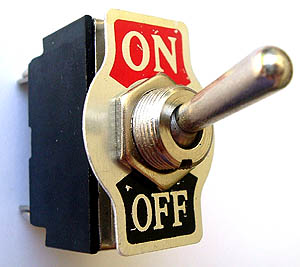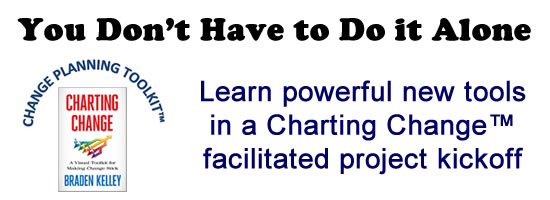Break Your Worst Habit with Four Scientifically Proven Steps
 Making difficult changes is easier when you follow four simple steps
Making difficult changes is easier when you follow four simple steps
Change is something everyone grapples with — whether it’s kicking a bad habit, coming up with new and original ideas, shifting a business focus, changing behaviors, changing company culture, or trying to change the world. Certainly the ability to create or manage change is a key issue for every business, because if you can’t get out in front of it, and even lead it, it may not be long before you’re at the back of the pack.
The question, of course, is how?
The answer begins with recognizing that change at any level requires at least some dose of refreshing and resetting the brain. The good news is that neuroscience now confirms that you can effectively and sustainably do just that with a few proven steps that center on thinking, because when you change the way you think, you actually (chemically) change the connections in your brain.
Pointing the way is a successful non-drug behavior therapy developed by neuropsychiatrist Jeffrey Schwartz working with the UCLA School of Medicine for patients suffering from obsessive compulsive disorder (OCD), which is perhaps the most locked up form of behavior.
The method centers on a mindful thinking approach and entails four basic steps that result in a reset brain and changed behavior.
1. Relabel
The first step is to relabel a given thought, feeling, or behavior as something else. An unwanted thought could be relabeled “false message” or “brain glitch.” This amounts to training yourself to clearly recognize and identify what is real and what isn’t, refusing to be tricked by your own thoughts. You step back and say, “This is just my brain playing games on me.”
2. Reattribute
The second step answers the question, “Why do these thoughts coming back?” The answer is that the brain is misfiring, stuck in gear, creating mental noise, and sending false messages. In other words, if you understand why you’re getting those old thoughts, eventually you’ll be able to say, “Oh, that’s just a brain glitch.”
That raises the natural next question: What can you do about it?
Oh, that’s just a brain glitch.
3. Refocus
The third step is where the toughest work is, because it’s where behavior actually changes. You have to do another behavior instead of the old one.
Having recognized the problem for what it is and why it’s occurring, you now have to replace the old behavior with new things to do–positive, desirable things, things you enjoy doing and can do consistently every time. This is where the change in brain chemistry occurs, because you are creating new patterns, new mindsets. By refusing to be misled by the old messages, by understanding they aren’t what they tell you they are, your mind is now the one in charge of your brain.
This is basically like shifting the gears of your car manually–your automatic transmission isn’t working, so you have to manually override it. The more you do it, the smoother the shifting becomes, eventually refurbishing the entire gearbox.
Like most other things, the more you practice, the more easy and natural it becomes.
4. Revalue
It all comes together in the fourth step, which is the natural outcome of the first three. With a consistent way to replace the old behavior with the new, you begin to see old patterns as simple distractions. You devalue them as being completely worthless. Eventually the old thoughts begin to fade in intensity, the brain works better, and you no longer feel the tug of that pesky habit.
If these four steps are effective in rewiring and resetting the brain of an OCD sufferer, think what they can do to help you lead whatever change or win whatever challenge you may be facing.
Wait! Before you go…
Choose how you want the latest innovation content delivered to you:
- Daily — RSS Feed — Email — Twitter — Facebook — Linkedin Today
- Weekly — Email Newsletter — Free Magazine — Linkedin Group
 Matthew E. May is the author, most recently, of Winning the Brain Game: Fixing the 7 Fatal Flaws of Thinking.
Matthew E. May is the author, most recently, of Winning the Brain Game: Fixing the 7 Fatal Flaws of Thinking.
NEVER MISS ANOTHER NEWSLETTER!
LATEST BLOGS
Three things you didn’t know about credit cards
Photo by Ales Nesetril on Unsplash Many of us use credit cards regularly. From using them for everyday purchases to…
Read MoreFive CV skills of a business-minded individual
Photo by Scott Graham on Unsplash The skills listed on a CV help employers quickly understand your suitability for a…
Read More


